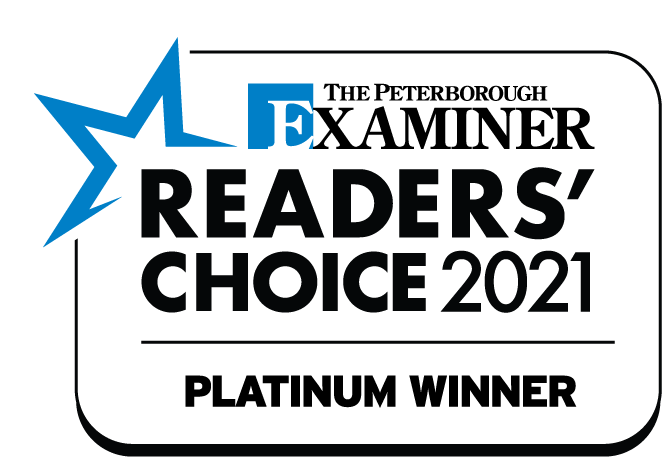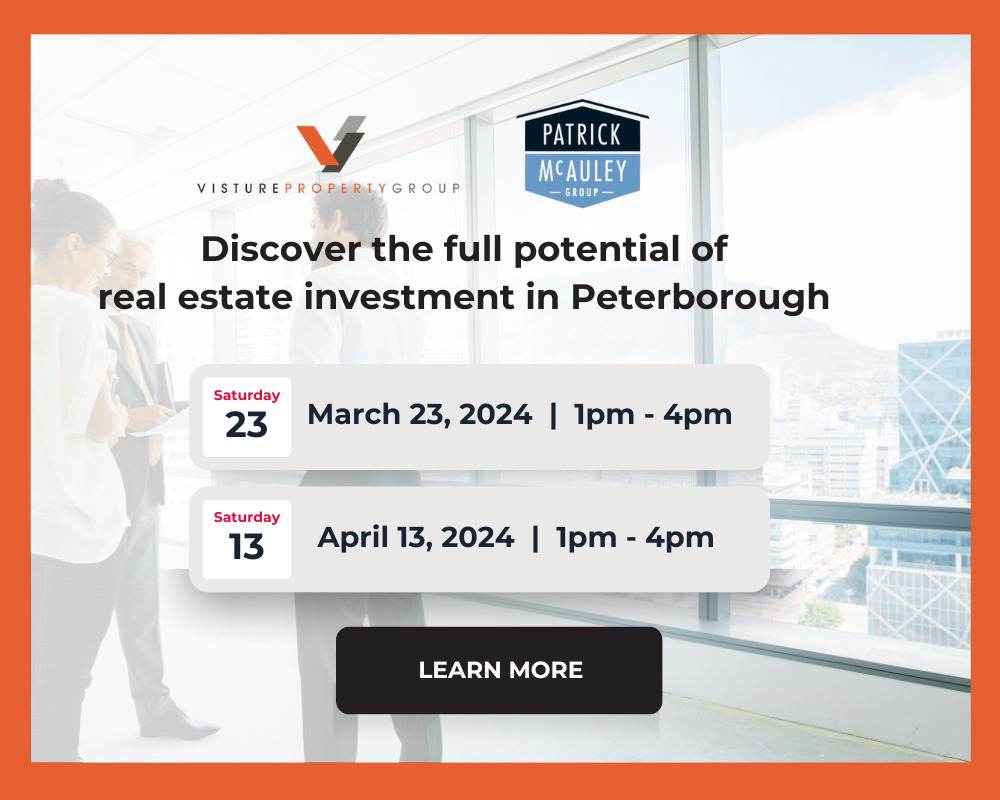At Visture Property Group we believe the next ten years will provide investors with a unique opportunity to invest in coach homes given the Ontario Governments recent Bill 23, or the More Homes Built Faster Act. Investors who already own property where a coach home could be added will be well advised to consider this investment.
You may never of heard of coach homes so here’s more info…
Coach homes, also known as carriage homes, are a popular housing trend that has been gaining momentum in recent years. These unique homes are becoming a popular choice for homeowners and investors alike due to their versatile and convenient design. In this blog post, we’ll take a closer look at coach homes and explore why they’re becoming such a popular choice.
What are Coach Homes?
A coach home is essentially a small, standalone residence that is built adjacent to a larger home. These homes are typically smaller in size, with an average square footage of around 500 to 800 square feet. They can be attached to the main home, located above a garage or even built as a separate structure on the same property.
Coach homes have been around for centuries, originally used as housing for horse-drawn carriages and their drivers. Today, coach homes are a modern take on this classic design, offering a unique and convenient living space for a variety of different lifestyles.
Why are Coach Homes So Popular?
One of the main reasons why coach homes are becoming increasingly popular is their versatility. They can be used as a rental property, a guest house, an office space, or even as a separate living area for older children or elderly parents. Coach homes are a great option for homeowners who want to maximize the use of their property and add value to their home without the need for a full-scale renovation.
Another reason why coach homes are becoming so popular is their cost-effectiveness. Compared to building a full-sized home, coach homes are a more affordable option. This makes them an attractive investment opportunity for real estate investors who are looking to generate passive income.
Coach homes also offer a range of benefits for homeowners who choose to live in them. They provide a separate living space that allows for greater privacy, making them a great option for couples or families with older children. Coach homes also offer a low-maintenance living space, with less cleaning and upkeep required than a larger home.
Finally, coach homes are an eco-friendly option. They are typically smaller in size, which means they use less energy for heating and cooling. This makes them an environmentally responsible choice for homeowners who want to reduce their carbon footprint.
In conclusion, coach homes are becoming an increasingly popular housing trend due to their versatility, cost-effectiveness, privacy, low-maintenance, and eco-friendliness. Whether you’re a homeowner looking to maximize the use of your property or a real estate investor looking for a passive income opportunity, coach homes are a great option to consider.
At Visture Property Group we’re actively building coach homes right now and will be posting updates on their progress. Stay tuned…
If you’re interested in Visture helping you with a construction project, email sales@www.visture.ca or call/text us 705-998-2017






